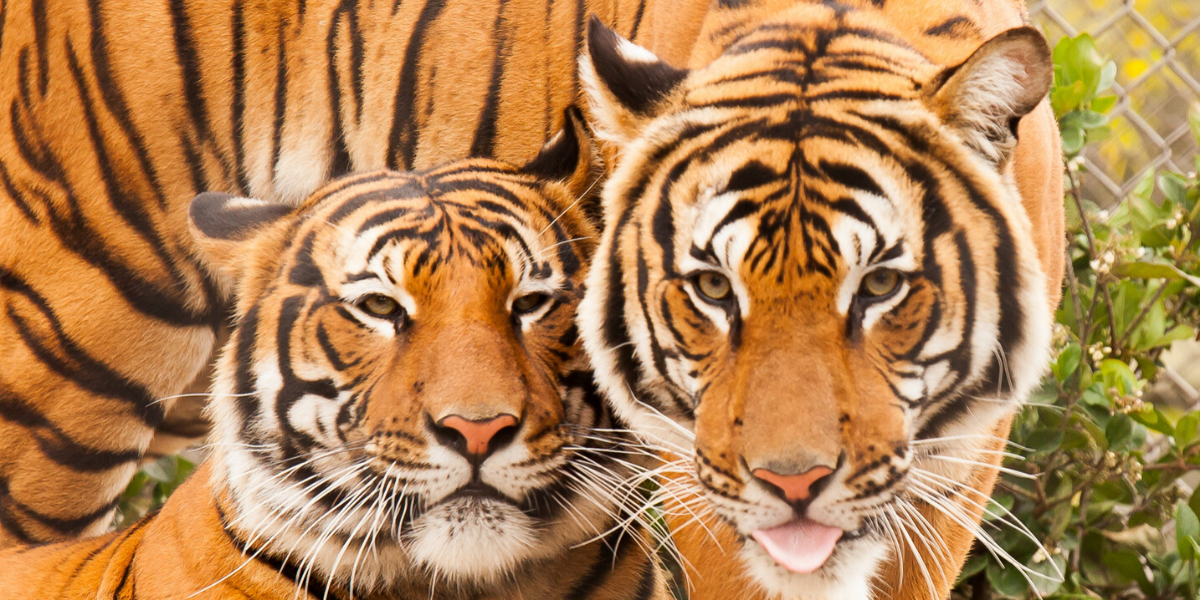Characteristics
SCIENTIFIC NAME: Panthera tigris jacksoni
HEIGHT: 58 - 104 cm
LENGTH: 2.3 - 2.6 m
WEIGHT: 99 - 117 kg
BEHAVIOUR: Nocturnal hunters. They are solitiary, found in groups only during mating periods
COLOUR: Orange coloured with thin black stripes
LIFESPAN: 20 years
LITTER SIZE: 2 to 5 cubs

